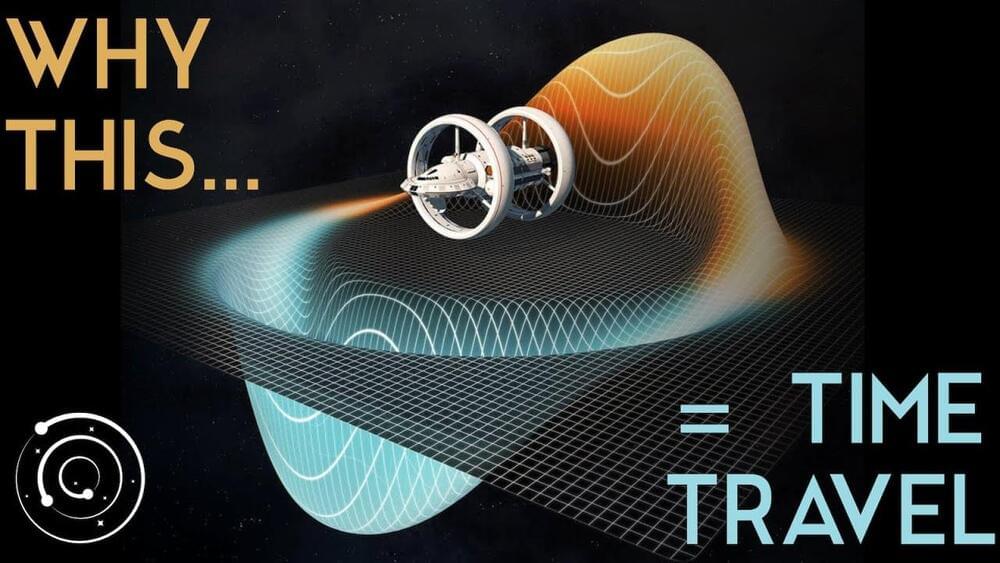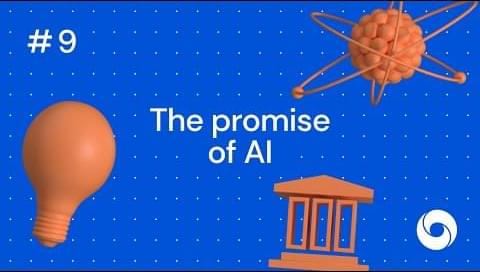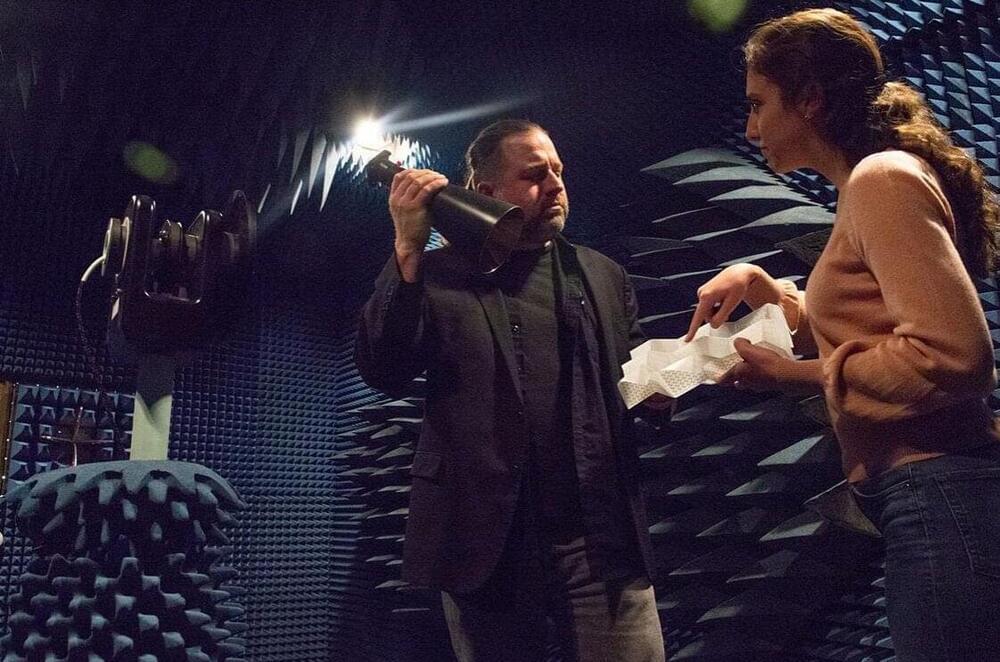Apr 15, 2022
AI can be creative, ethical when applied humanly
Posted by Shubham Ghosh Roy in categories: media & arts, robotics/AI
Artificial intelligence (AI) has seen increasing adoption with its use expanding into fraud detection and even the creative realm, which is commonly perceived to be intrinsically human. Humans, though, still have a role to play in areas that require intuition and morality.
Creative AI may seem to be an oxymoron, but AI-powered processes already are at work in activities that thrive on creativity, according to executives at Appier. Based in Taiwan, the SaaS vendor taps AI to build products for digital marketers and brands, processing almost 30 billion predictions a day. Its tools are touted to help these companies deliver richer user experience and identify customers with long-term value.
AI now was used to support creative processes such as generating marketing slogans, images, and music based on given parameters, said Appier’s chief AI scientist Sun Min, in an interview with ZDNet.


















